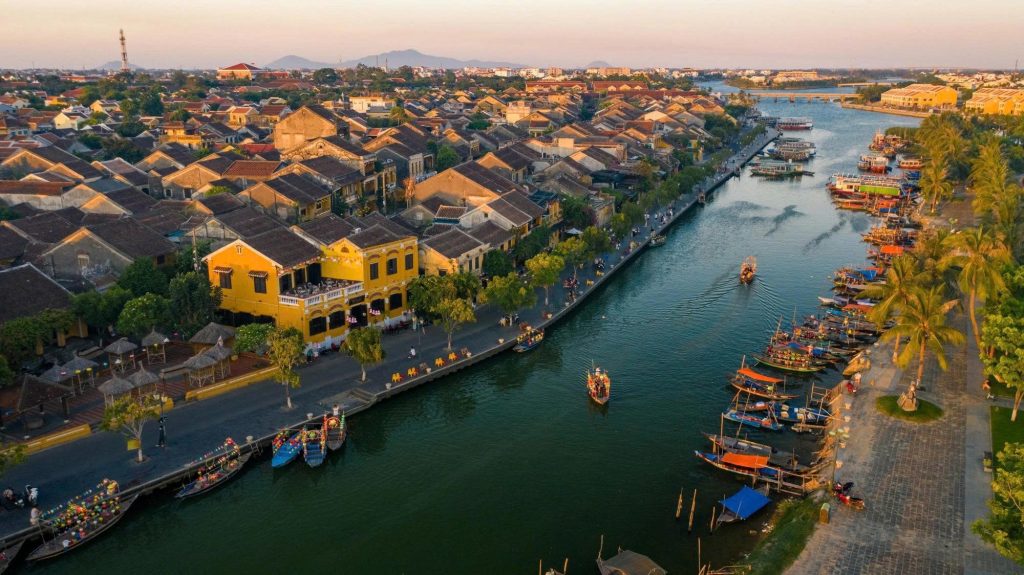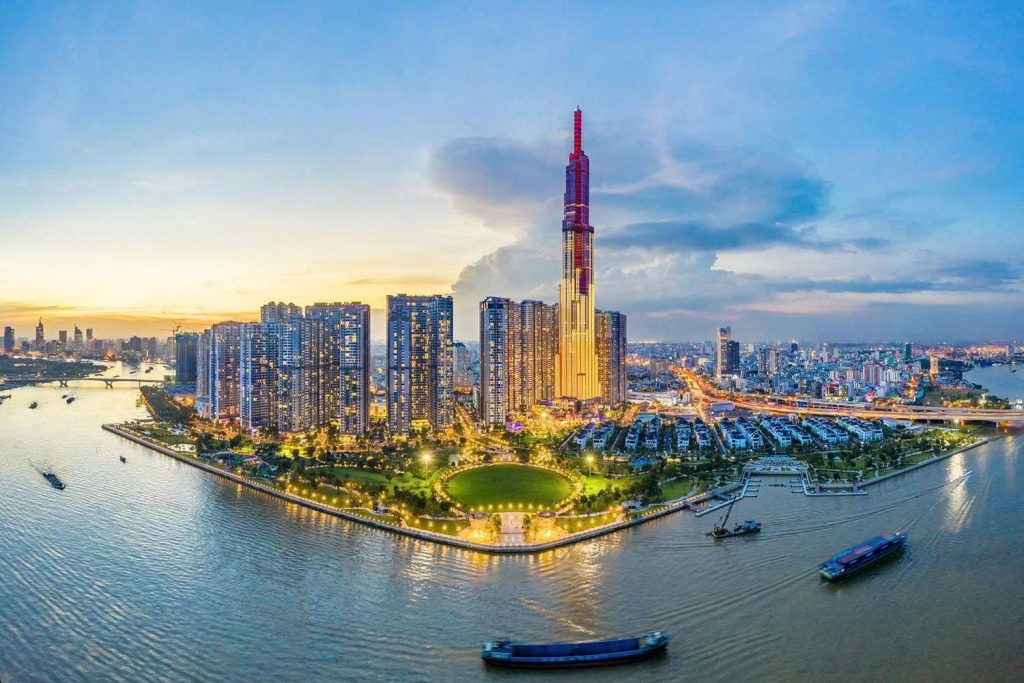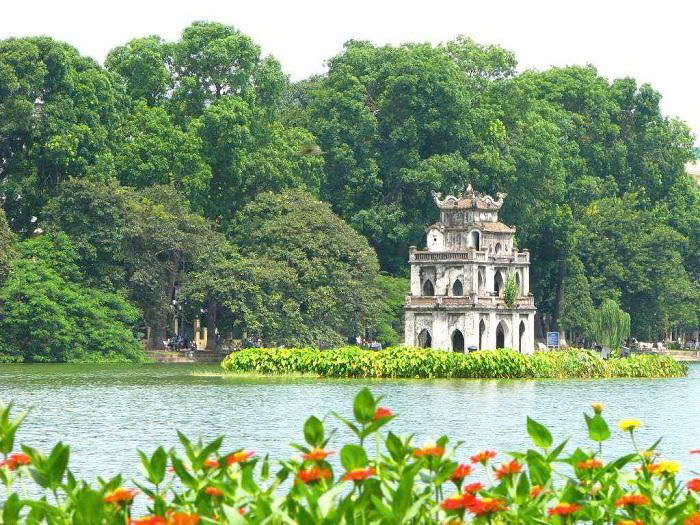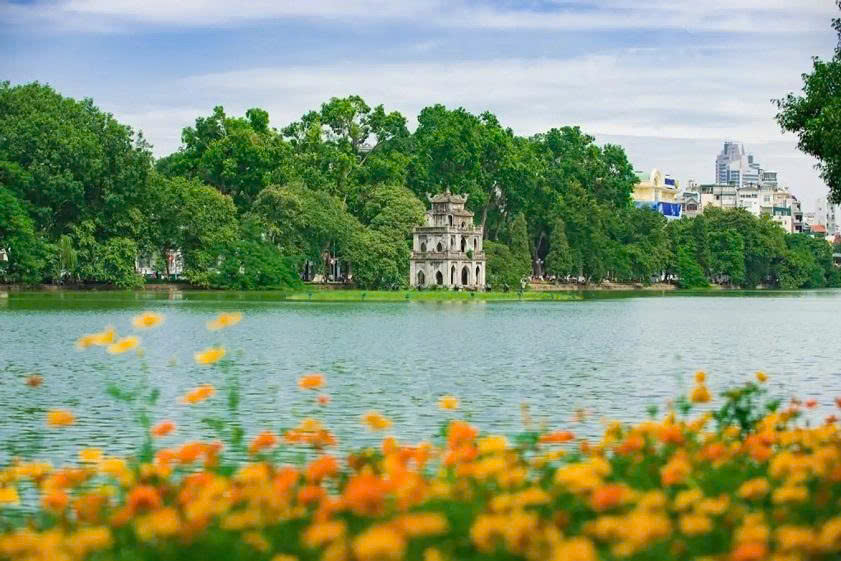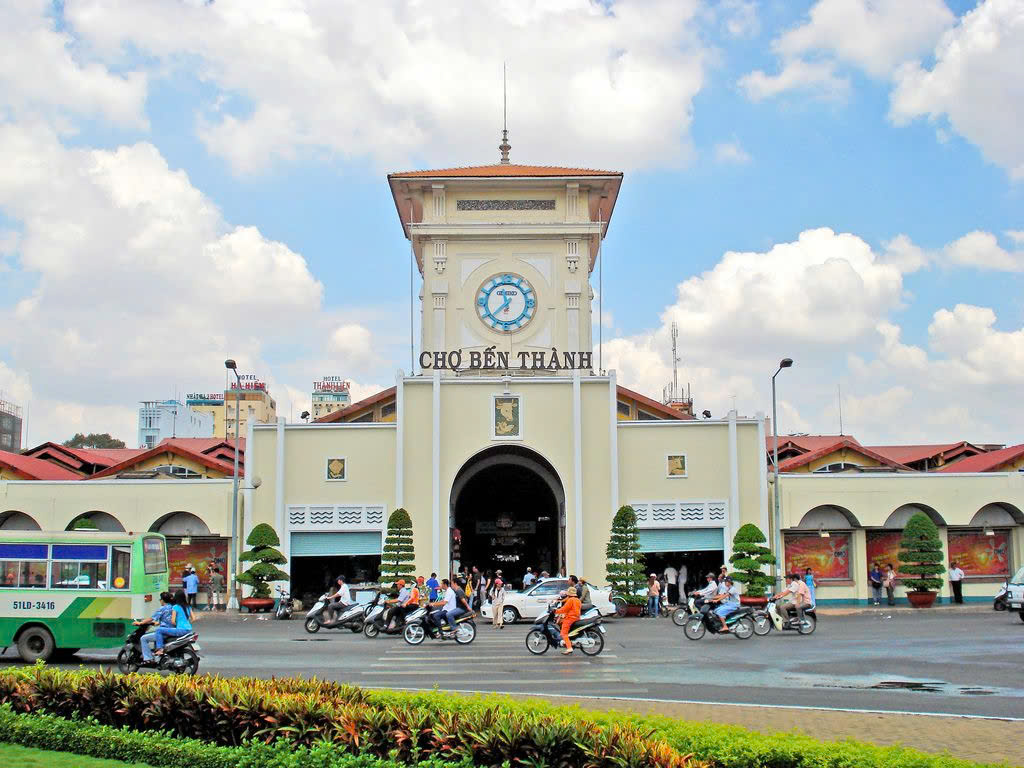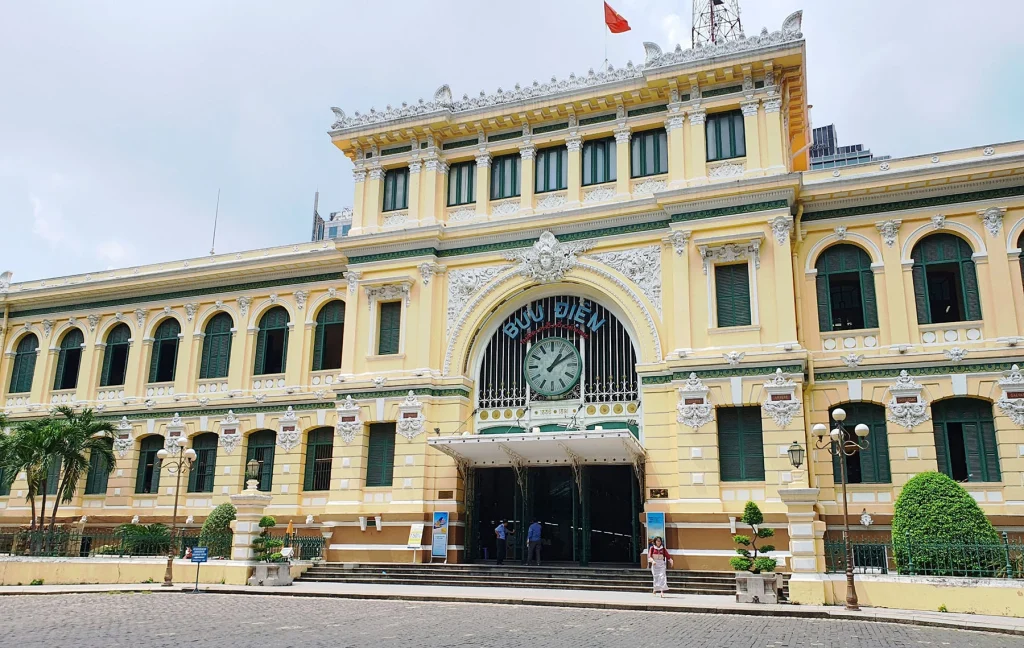Are you planning a trip to Vietnam, a nation known for its stunning scenery and deep cultural roots? As you prepare to explore the ancient streets of Hanoi, the stunning karsts of Ha Long Bay, or the bustling energy of Ho Chi Minh City, one of the most important things to sort out is your visa. Navigating visa requirements can feel complicated, but it doesn’t have to be.
This article will walk you through everything you need to know about getting a Vietnam visa, from checking if your nationality is exempt to choosing the best type of visa for your journey. We’ll cover the ins and outs of the popular e-visa and visa on arrival, provide essential tips, and answer all your most pressing questions. With this information, you can get your visa sorted out quickly and focus on the exciting part—planning your unforgettable Vietnamese adventure.
Do You Need a Visa for Vietnam?

The very first step is to determine if you need a visa at all. Vietnam has a visa exemption policy for citizens of certain countries, allowing them to enter and stay for a specific period without a visa.
RELATED: A Definitive Guide to Vietnam Tourism: North- Central & South
Vietnam Visa Exemption Policy
- Who is exempt from a visa? As of August 2025, citizens from many countries are granted a visa exemption. This includes travelers from Japan, South Korea, Germany, France, Italy, Spain, and the United Kingdom, who can stay for up to 45 days. Citizens of most ASEAN countries can stay for up to 30 days.
- How long can I stay visa-free? The duration varies by nationality. Always check the official Vietnam Immigration Department website for the most up-to-date list and stay duration before your trip ( Website: Vietnam National Electronic Visa system). Your passport must also be valid for at least 6 months beyond your planned stay.
Choosing Your Visa: The Main Types
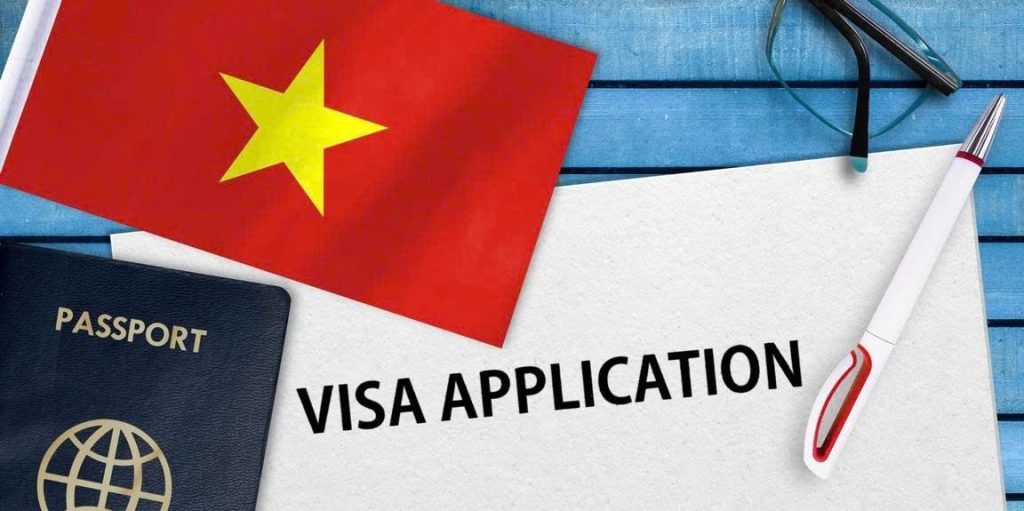
If your nationality is not on the exemption list or you plan to stay longer than the permitted period, you’ll need to apply for a visa. There are three main options available to foreign tourists.
The Vietnam E-visa (Electronic Visa)
The e-visa is a single-entry visa valid for up to 90 days. The entire application process is done online and is managed by the Vietnamese government.
- How to Apply:
- Visit the official website: Go to the official National Electronic Visa portal of Vietnam. Be careful to avoid third-party websites that may charge extra fees.
- Fill out the application form: Enter your personal details, including your full name, date of birth, and nationality. You’ll also need to provide your intended entry and exit points, such as Hanoi Noi Bai International Airport or Tan Son Nhat International Airport in Ho Chi Minh City.
- Upload documents: You’ll need to upload a scanned copy of your passport’s data page and a digital passport-sized photo.
- Pay the fee: Pay the non-refundable visa application fee online with a credit or debit card.
- Receive the visa: Your visa approval will arrive in your email inbox. You should print it and keep it along with your passport.
- Pros & Cons: The e-visa is one of the most convenient options, allowing you to secure your visa entirely from home. However, it’s not available for all nationalities, and the processing time can take a few business days.
Visa on Arrival (VOA)
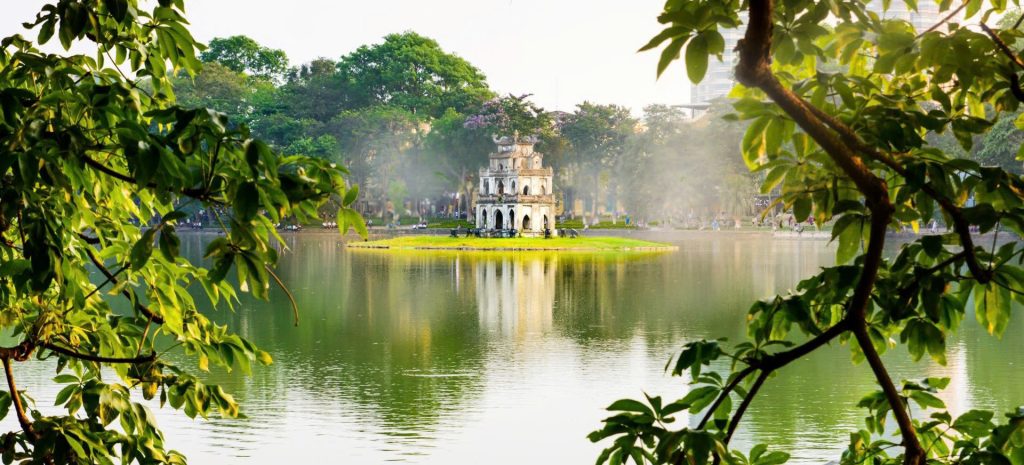
This is a popular option for tourists flying into Vietnam. With VOA, you arrange an official visa approval letter beforehand and then get the visa stamped in your passport when you land.
- How it Works:
- Get the approval letter: Contact a trusted travel or visa agency in Vietnam to apply for the approval letter. They will process your request with the Vietnam Immigration Department and send the letter to you via email.
- Fly to Vietnam: When you land at one of Vietnam’s international airports (Hanoi, Ho Chi Minh City, Da Nang, etc.), head to the “Visa on Arrival” counter.
- Get your stamp: Present your visa approval letter, your passport, two passport-sized photos, and pay the stamping fee in cash (either Vietnamese Dong or US Dollars). The immigration officer will then stamp the visa in your passport.
- Pros & Cons: VOA is a reliable option for many nationalities and is especially useful for last-minute trips. The main disadvantage is that you must wait in line at the airport to get the visa stamp, which can be time-consuming.
Traditional Visa at a Vietnam Embassy/Consulate
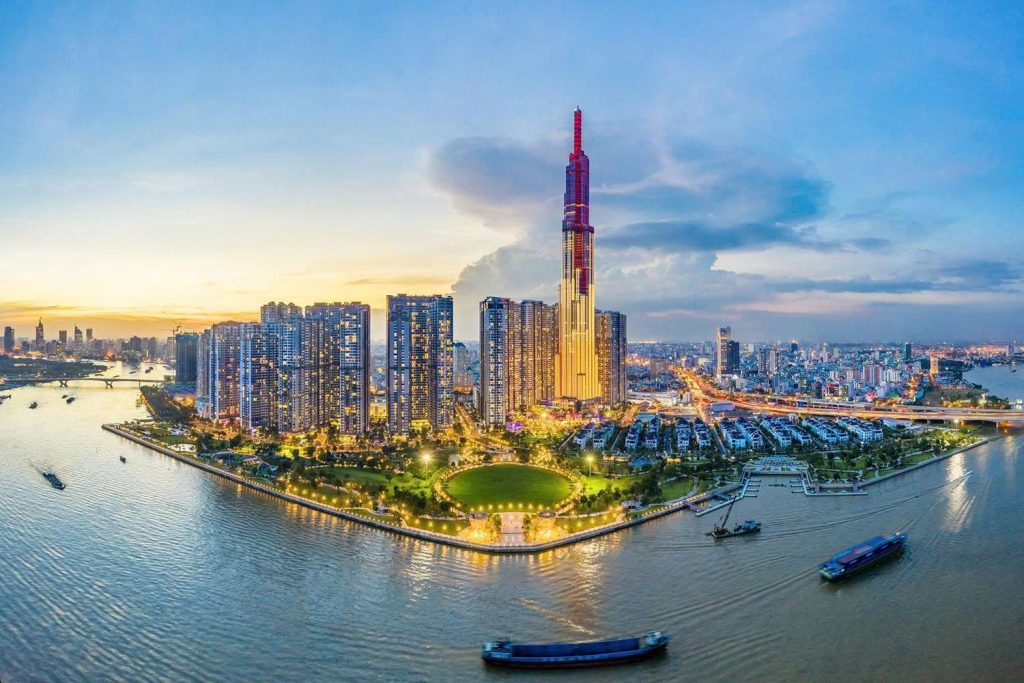
This is the most traditional method, where you apply directly at a Vietnamese Embassy or Consulate in your home country.
- When to choose this option: This is a good choice if you are traveling for purposes other than tourism, if you want a multiple-entry visa, or if you cannot get an e-visa or VOA. It’s also recommended for peace of mind, as you will have the visa stamped in your passport before you even leave home.
- The Application Process: Contact the nearest Vietnamese Embassy in Washington D.C., the Consulate in Sydney, or the diplomatic mission in your country for specific instructions and required documents.
Essential Documents and Requirements

No matter which type of visa you choose, you’ll have to satisfy a few standard requirements.
- Your Passport: Your passport must be valid for at least six months from your date of entry. It should also have at least one blank page for the visa stamp.
- Visa Photos: You will need passport-sized photos, usually with a white background. It’s a good idea to bring extra copies, especially if you are applying for a Visa on Arrival.
RELATED: Vietnam Travel Guide 2025 & 2026: Visa, Costs, and Essential Tips
Getting a Vietnam visa doesn’t have to be a complicated process. By understanding the different options—the convenient e-visa, the popular visa on arrival, and the traditional embassy route—you can choose the best path for your travel plans.
Remember to always double-check the latest visa policies with the official Vietnam Immigration Department website and apply for your visa well in advance. With your visa sorted, you are one step closer to exploring the incredible beauty and rich culture of Vietnam.

